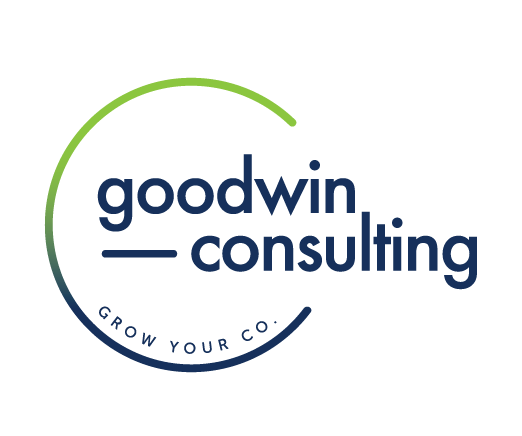When you’re looking for ways to boost your career and company, one of the best moves you can make is leveraging the experience you’ve already acquired to create compelling content—or, as it’s more commonly called in the business community, thought leadership.
Here’s what it means to establish yourself as a thought leader and how doing so can drive growth for your business.
Building Your Brand as a Thought Leader
Thought leadership means taking a position that showcases your knowledge of the industry, your understanding of the world around you, and your awareness of the current news cycles. But becoming an influential thought leader rarely happens organically. You must put in the work to build an effective communications strategy that brands you as a thought leader.
Understanding your role as a thought leader
If you read an article or see a news story that inspires you to respond, consider if you’ll be perceived as someone with a true grasp of the topic, someone qualified to speak out persuasively.
The Silicon Valley Bank crisis prompted countless thought leadership articles, podcasts, interviews, and social media posts. Some of the most impactful content amid the deluge came from people who worked for that bank—people whose experiences and reputations made them the right voices at the right time to tackle this particular topic. Notably, the courage to use their voices is part of what makes them leaders.
Using thought leadership to drive results
Leaders who adopt a broader view of their company’s future (and their own) can draw others to share their vision by regularly restating and expanding on their ideas and insights. Byline articles, op-eds, and letters to the editor are terrific ways to connect with and build an audience that isn’t confined within the walls of your business.
At Goodwin Consulting, my team and I regularly help clients leverage those highly effective thought leadership channels in addition to developing a content strategy for their blogs. With thoughtful planning and preparation, leaders can craft a clear, authentic, cohesive communications strategy that inspires others to join the conversation.
Riding out the storm with thought leadership
Public relations typically focuses on positive, uplifting news. But thought leadership is most effective when the leader pulls back the curtain and reveals a broader, often vulnerable truth.
When Sentinel Benefits discovered that a high-level employee was abusing remote work privileges by working more than one full-time position, I encouraged the CEO to give an interview to BizJournals. As most media outlets focused on “quiet quitting” and The Great Resignation, the CEO’s interview stood out. An employer getting cheated by a well-paid employee? That was a fresh twist on the conversation—and one that many other employers needed to hear from a fellow leader.
When leaders like Sentinel’s aren’t afraid to discuss mistakes, frustrations, uncertainties, and tough truths, people tune in and really listen. Authenticity attracts. And the more authentic content you give your audience, the more relevant you’ll become, from the water cooler to the front page.
Blending public relations and thought leadership
I’m currently working closely with a client to help them develop thought leadership content around the important issue of food fraud. If you’re wondering, “What does any of this have to do with PR?” I’m happy to explain.
First, by sharing insider knowledge of current risks within the food industry, this client can establish that they are a subject matter expert—an industry insider worth trusting.
Second, by speaking with authority on a topic of concern, this client proves that they care about more than making money; they are purpose-driven to run an ethical, honest, and safe business—the kind of business people can confidently buy from.
Third, by aligning their upcoming thought leadership content with current news cycles, this client can tap into trending keywords, piggyback off related stories, and gain more traction in influential markets.
Pursuing the big-picture advantages of thought leadership
An advisory board can help CEOs expand their perspective and identify ways to relate their day-to-day insights to the industry at large. But an advisory board will never be enough if the CEO is unwilling to engage with the company’s communications strategy.
When a CEO recognizes the value of thought leadership content development, they can achieve a near-instant status boost. Employees feel proud of the company they work for, boards are impressed, new speaking opportunities arise, and unexpected media outlets develop an interest in what that CEO is doing, saying, making, and planning.
CEOs who elect to dismiss thought leadership programs, on the other hand, may be perceived as less approachable, less trustworthy, and less desirable to work for and buy from.
Does this mean you have to be drafting daily articles? Not at all! Start small—once a quarter, perhaps, or a few times a year. Ask yourself, What issues matter to me? What issues matter to my industry, my colleagues, and my customers? What publications and social engagements would best reach my intended audience to showcase the knowledge I’ve gained in my industry?
If you know where you want to go, Goodwin Consulting can help you get there.

